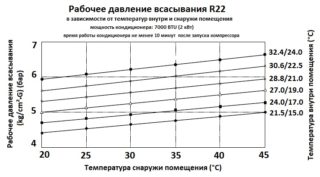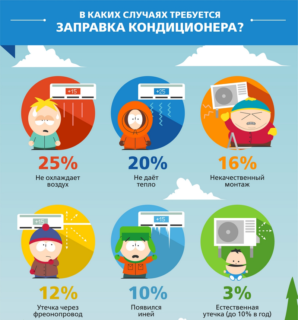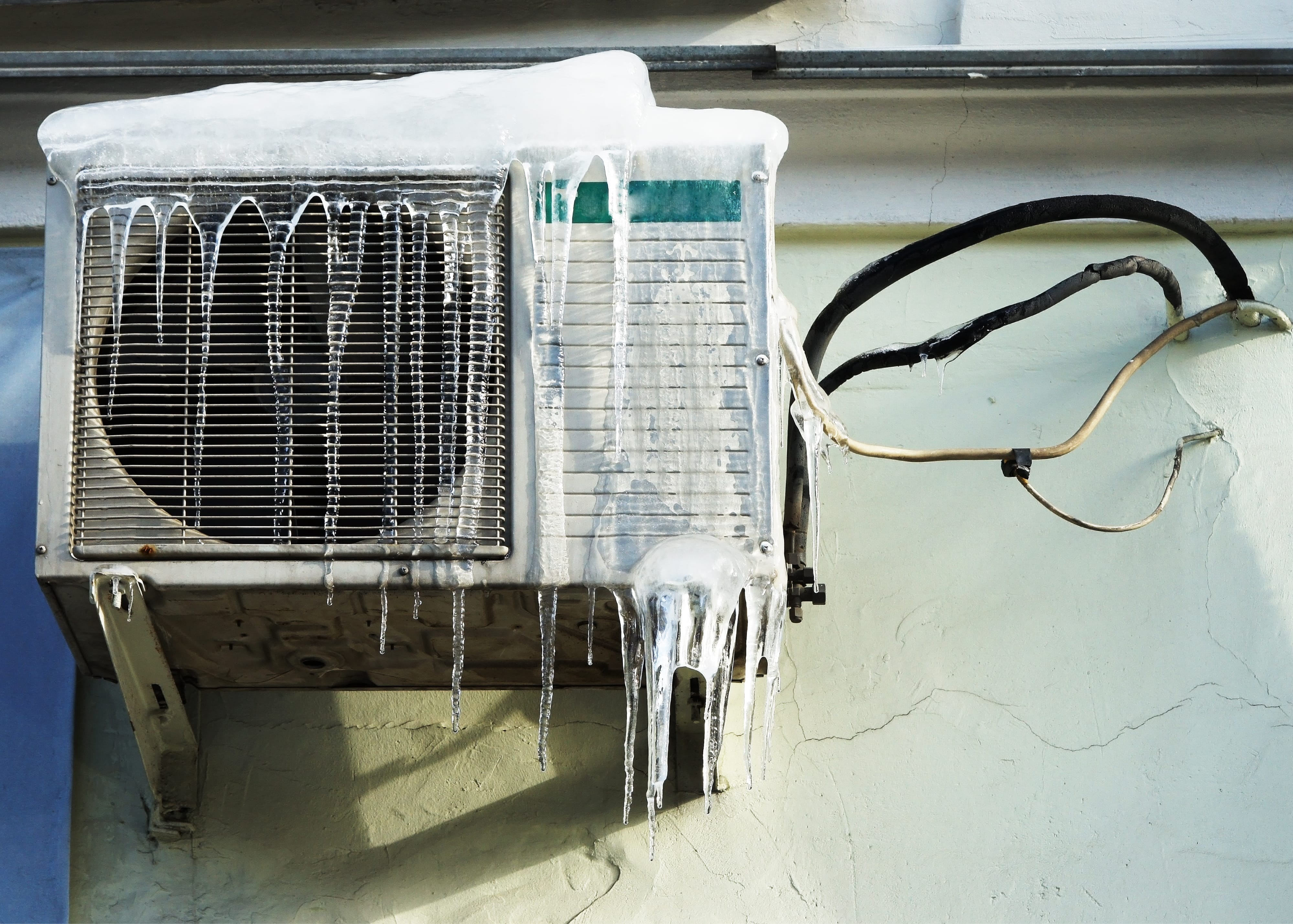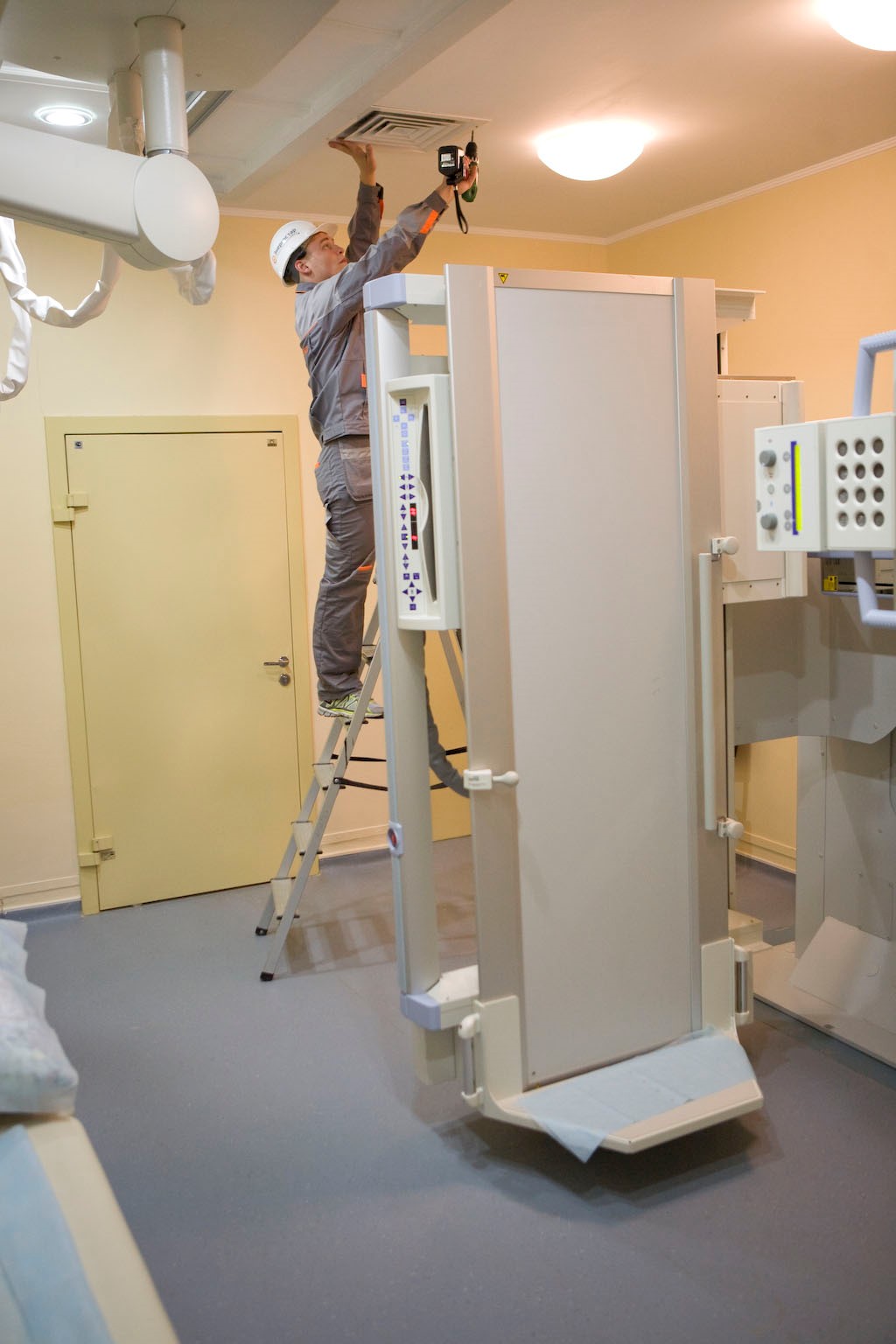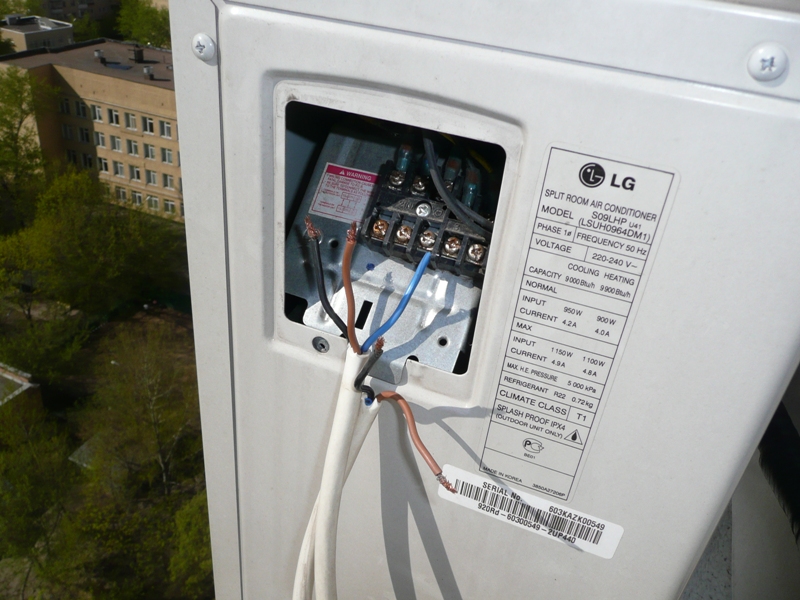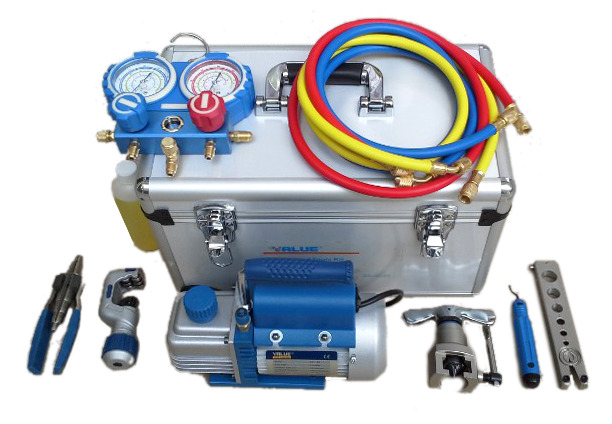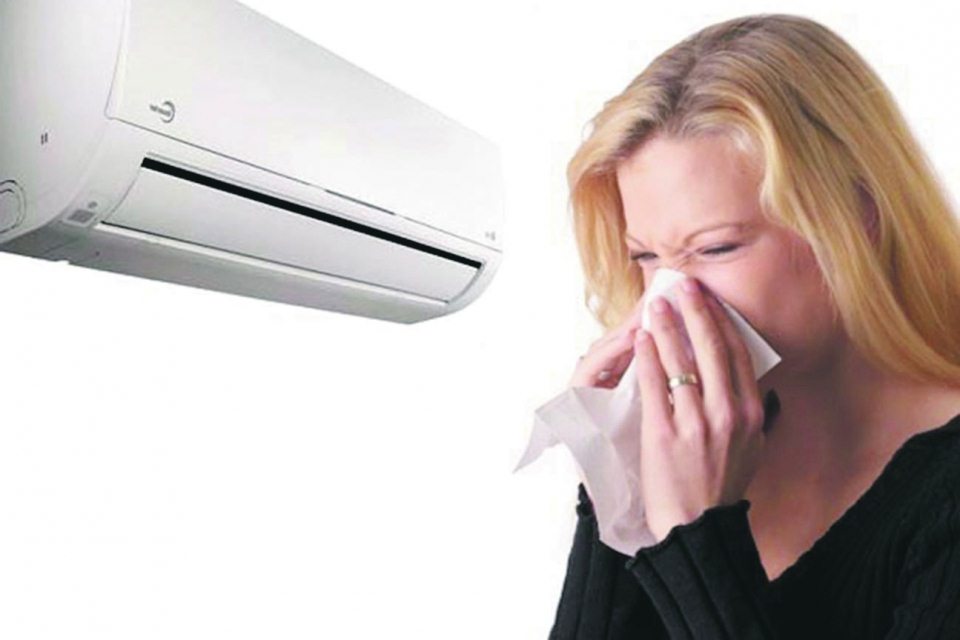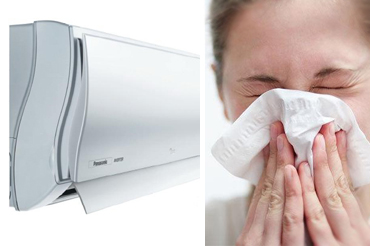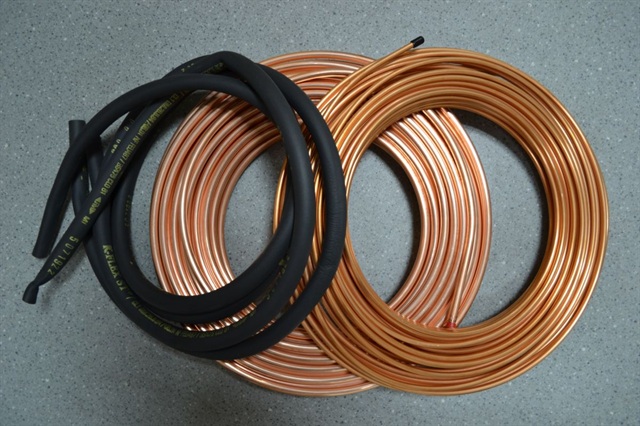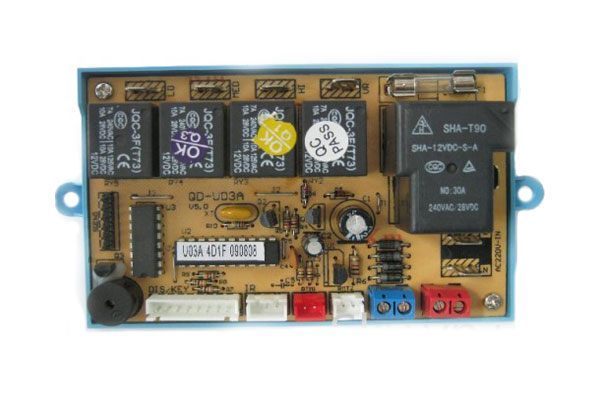One of the characteristics of HVAC equipment is the type of refrigerant used. There are about 40 types of permanent joints available for refrigeration applications. Freon R22 is a popular refueling option for household split systems. The composition perfectly copes with the function of heat transfer, provides high refrigerating capacity of air conditioners. Freon R22, which is safe for consumers, destroys the ozone layer of the atmosphere.
What is freon R22
The refrigerant can be charged into domestic and industrial air conditioning units. It is compatible with mineral and alkylbenzene oils. Freon R22 has a low chlorine content, its ozone destruction potential is ODP = 0.05, global warming GWP = 1700. The substance is a transitional refrigerant that replaces R12 in all areas of application. Its cold performance is 60% higher.
The refrigerant is suitable for refrigeration systems with low temperatures with reciprocating and screw type compressors:
- household, industrial and automotive air conditioners;
- refrigeration units, including automotive and marine;
- cryogenic equipment.
Difluorochloromethane is used as a low-temperature propillant in aerosol cans, a foam converter and a component for producing fluoromonomers. Freon R22 is used in stage I and II refrigeration machines to obtain temperatures of -40 ° and -60 ° C, respectively. It is a component of a refrigerant mixture.
It is forbidden to combine R12 and R22 freon, as a dangerous azeotropic composition is formed.
A common version of gas implementation is a metal cylinder with a valve and a safety valve.
Impact on the ozone layer
Refrigerant advantages:
- Freon R22 is stable, non-toxic and explosion-proof.
- The low discharge temperature during compression in the compressor prevents overheating of the mechanism.
- The refrigerant has excellent thermophysical and thermodynamic characteristics.
- Chemical inertness to most construction materials (copper, brass, nickel, steel).
- Freon 22 is offered at an affordable cost, cheaper than the analogue of R407c.
- Contains one component, making it easy to refill air conditioners in the event of a leak.
- The absence of a temperature glide does not change the composition of the substance in the liquid and gas phases.
Main characteristics and features
The colorless gas is stable at normal temperatures, does not burn, and is inert to metals. When interacting with plastic and elastomer, it causes swelling. Has a low chloroform odor. Contact with fluorinated rubber is prohibited. The refrigerant is poorly soluble in water, penetrates through loose surfaces.
The permissible concentration of freon in the air is 3000 mg / cc. m.
The chemical formula of freon R22: CHCLF2, the designation HCFC 22 is found. According to the level of exposure to the body, it belongs to the 4th hazard class.
Freon R22 characteristics table
| Characteristics | Units | R22 |
| Molecular mass | 86,5 | |
| Boiling temperature | ° C | -40,8 |
| Critical temperature | ° C | 96,13 |
| Critical pressure | MPa | 4,986 |
| Temperature drift | ° C | 0 |
| Steam pressure at 25 ° C | MPa | 1,04 |
| Flammability in air | Not flammable | |
| Melting temperature | ° C | -146 |
| Ozone Depletion Potential | 0,05 | |
| ASHRAE safety class | A1 |
Decomposes into toxic constituents on contact with open fire or incandescent materials (temperature 330 ° C). Gas cylinders are stored in dry rooms without the possibility of heating by sunlight or heating devices. Allowed for carriage by any type of transport.
Since 1987, a systematic transition to the use of safe refrigerants began. Industrialized countries have decided to abandon the use of ozone-depleting R22 freon. Freon R407c became its alternative. After a complete ban on chlorine-containing refrigerant, service centers will not stop servicing and refueling the equipment sold.
Filling the air conditioner with freon r22
- weak blowing with cold air;
- the appearance of frost on the heat exchanger of the indoor unit;
- uneven compressor operation;
- freezing of the liquid port;
- emergency turn-off.
In such a situation, it is necessary to refuel the cooling system with R22 freon. The procedure requires a vacuum pump, pressure gauge, electronic scales, communication tubes. The equipment must be designed to work with HFC22 brand.
The gauge manifold for R410a cannot be used due to the different type of oil.
Preparatory activities:
- Checking the tightness of the system by injecting high pressure. A special foaming liquid is used to lubricate the joints of the blocks with the pipeline and the brazed areas. If a leak is found, it should be repaired before refueling.
- Removing air from the device using a vacuum. A pressure gauge and a pump hose are screwed to the gas connection. The vacuum unit is turned on for 10-20 minutes to completely remove air and moisture. The pump is turned off at a pressure of -1 bar. In some cases, the procedure is replaced by flushing the system with a gas - nitrogen or freon.
Filling is performed with pressure or weight control. In the first case, a pressure gauge is connected to the adapter between the gas cylinder and the air conditioner. The permissible freon pressure is indicated in the instructions and characteristics of the climatic technology. Gas is supplied to the system in parts, the readings of the manometer and the recommended data are periodically compared.
Full refueling of the split system is carried out by controlling the freon weight. When weighing a cylinder on an electronic scale, the amount of gas that has passed into the equipment is determined. Previously, the container is turned upside down. The recommendations for refueling indicate how much refrigerant is per 1 m of the route. At the end of the procedure, the valves on the service ports are closed. The equipment is removed and plugs are installed. The split system is being tested.

